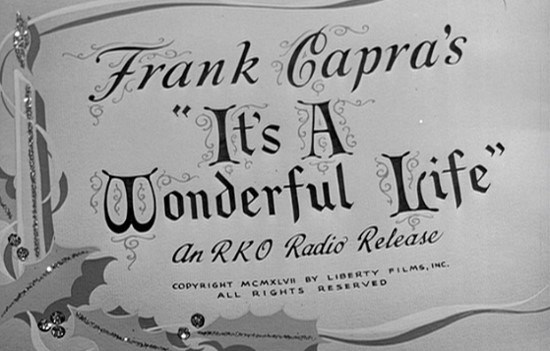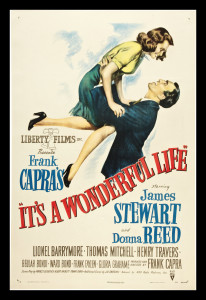When the original Broadway cast of Company went into the Columbia recording studios to lay down the revolutionary Sondheim score, theatre fans were afforded an incredible opportunity as documentary filmmaker D.A. Pennebaker was on hand to tape the marathon 18 hour session. It was to be the first in a series, but the full project never materialized. But this one session became the legendary Original Cast Album: Company. Before present union regulations, the tradition was that a cast album was recorded on the first day off after opening night. In that one day. It was a marathon session which started early in the morning and would usually take up the entire day and often go well past midnight.
Sitting like lords in the sound booth, Sondheim and 12 time Grammy winning record producer Thomas Z. Shepard give input and feedback regarding individual performances. Producer-director Harold Prince is also on hand to observe. But it’s mostly Sondheim and Shepard running things, conferring with conductor Harold Hastings, orchestra and performers. It’s quite clear that the original cast album is the definitive performance and everyone and everything must be perfect, down to the last note. Therefore, Sondheim asks Beth Howland that she sing rather than speak more of the patter of “Getting Married Today” and they re-do “You Could Drive a Person Crazy” when a wrong note is heard in the tight three part harmony. Dean Jones, whose singing on the album has always sounded impassioned to me, stands at the microphone like an automaton throughout most of the session.
But the most memorable segment was the notorious attempt to record Elaine Stritch‘s “The Ladies Who Lunch.” Coming at the end of the session, Stritch tries her hardest to get out her showstopper. She’s in her trademark tights and long button-down shirt. No make-up and her hair askew. However, for a variety of reasons – physical exhaustion, vocal fatigue included – she just can’t nail it. She gives it her all, but to the disappointment of those in the booth her takes are lackluster. Sondheim suggests taking it down a half tone, Stritch’s response is that she can do it if she takes her hat off (among similar signs of nerves and exhaustion). It doesn’t go well, and in fact each take gets progressively worse as the session progresses. Tensions arise with an impatient record producer and a perfectionist composer struggling to figure out how to fix the problem. Eventually we cut to Stritch screaming at her own performance on the playback.
It’s decided to have the orchestra lay down the track and to have Elaine come in and record over it another day. When she returns to the studio several days later, it’s like night and day – Stritch coiffed in full hair and makeup for the show – hits the home run heard on the cast album. A triumph for all. In the DVD commentary, Hal Prince suggests that Stritch might have been playing to the cameras in the room – even down to the hair and makeup. Stritch denies it outright – that she was at her worst and quite humiliated and insecure and that she doesn’t even remember where she ended up that night. The star also talks about how hurt she was to hear Shepard say, “Once more from the top. Sung.”
Pennebaker, using just three hand held cameras captured the entire day of recording and whittled it down into this hour-long documentary showcasing the hard work that goes into the creation of a cast album. It’s a shame he wasn’t able to do his full series (I can’t imagine what the Follies session must have been like with all the devastating cuts Capitol insisted upon for the record) Who knew making a cast album could be so riveting? (And yes, one of those 12 Grammys was for Company).
%CODE1%
%CODE2%

